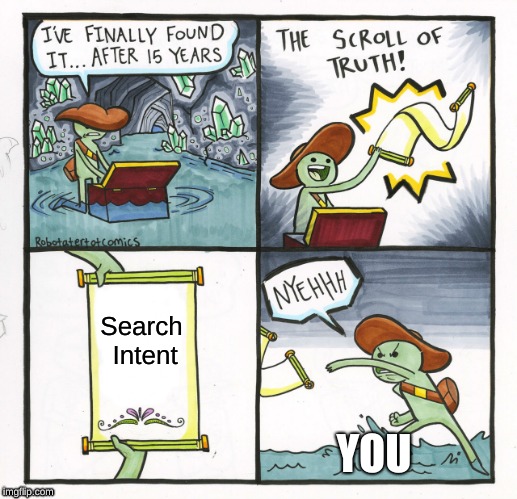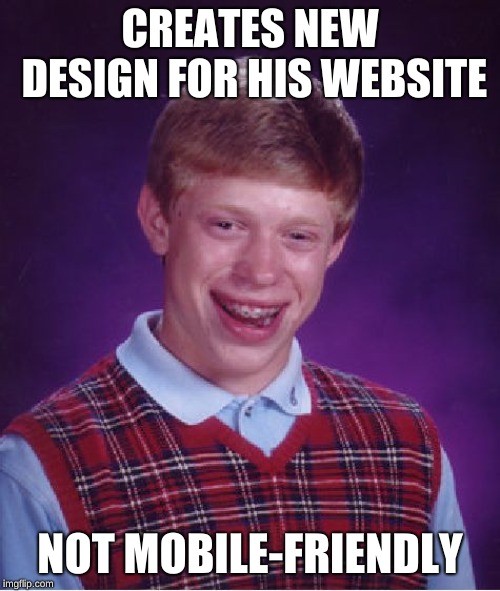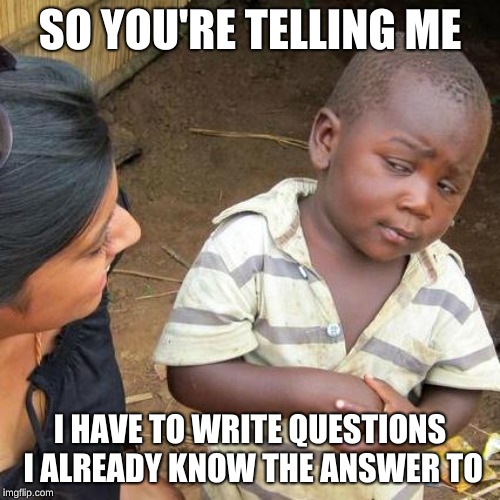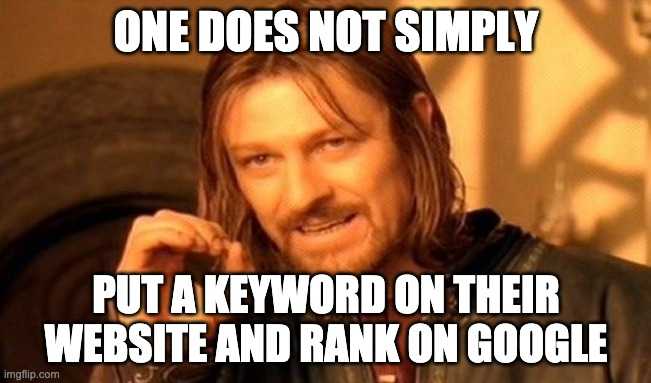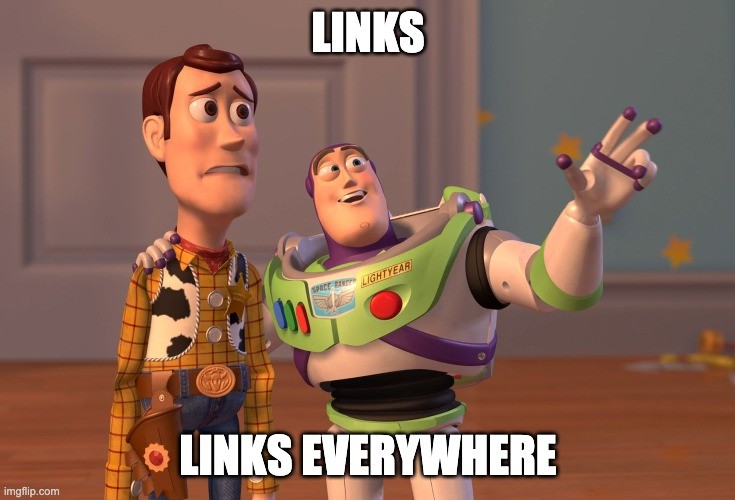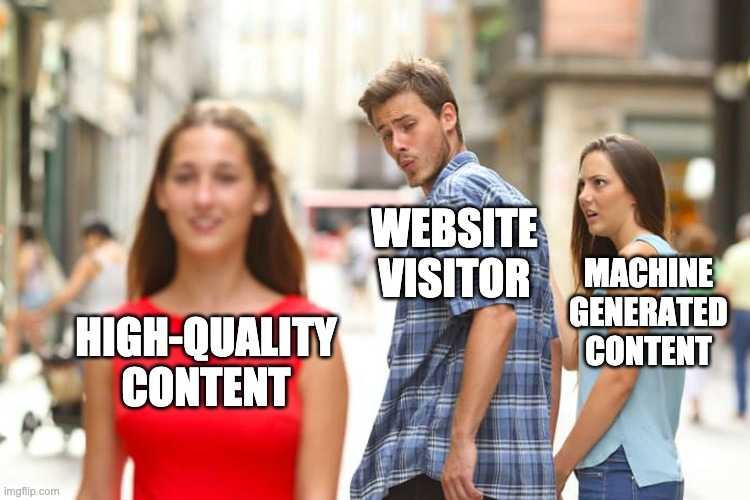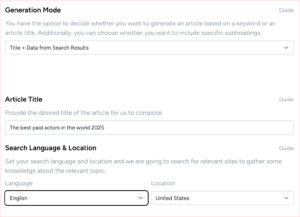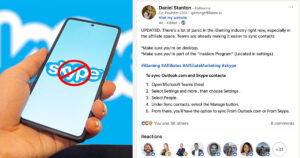If you own a website, whatever you use it for, you need to constantly optimise it for search engines if you want internet users to find your site. It’s easier said than done, an we all make mistakes. To help to avoid them, we have listed nine most common SEO mistakes you should keep in mind to not lose your search engine positions to your competitors.
1: You do not know that Google continuously updates their algorithms
Did you notice that your website dropped in ranking in early 2017? The main reason may be Google Fred, a Google algorithm update in which websites with numerous affiliate links as well as ads were ranked lower. The regular update of the search company can either make or break your business, so you should follow the news and prepare your website for any changes.
You must have also heard about Google’s announcement to make core web vitals as one of their ranking factors. The search engine will start to put even more importance to user experience and rank higher sites with better loading speed and less unexpected layout shifts of visual page content. Even though the change is not expected to happen until early 2021, it is among the common SEO mistakes to ignore the preparation of your website to be ready for new ranking changes.
2: Your content is not optimised for Rankbrain
Rankbrain is Google’s algorithm using machine learning to understand online users’ behaviour using the search engine. It measures your potential customers’ interaction with the results, and this algorithm tries to comprehend the intention of the keywords used. There are many technical terms and explanations behind it, but this is its simplest form.
When you want to optimise your content for Google Rankbrain, you always have to check the click-through rate (CTR) and the bounce rate. CTR is the ratio of users who click on your site, while the bounce rate is the percentage of users’ length of stay on the website. To make sure internet users click to your site, you need click-worthy meta titles and descriptions. If you want the visitors to stay, your content should be sticky – grabbing attention and luring them stay on your website longer. You can achieve this by using interesting and relevant content on your website. The visitor should be able to find what they were looking for when they enter to your website.
3: Your website is not mobile friendly
Google knows that 60% of Google searches come from mobile devices. This is the reason why they launched their mobile-first indexing in 2018. This means that mobile versions of websites are prioritised over the desktop ones. Your site should be convenient to use – no matter the device. Even though Google launched the mobile-first indexing already back in 2018, poor mobile experience is still one of the common SEO mistakes.
To prioritise adapting to mobile-first index means that your website’s design should be responsive. There should be no hidden content, and it should be mobile-friendly. Your website shouldn’t only look great visually, but it must be also easy to use. Make sure all your content scales smoothly according to screen size, and avoid small text and links which would be difficult to see and click on a small screen.
4: Your content does not include questions
Your site’s content should not only give answers, but the right questions should also pop up, particularly when people search online using their voice. We are already in the voice search age, and this trend is here to stay. Voice search uses speech recognition, and your website must be picked up when someone searches for your product or service online.
5: You don’t care about your website’s security
It’s 2020, and you are still using HTTP. The search engine giant recognises this, and your site’s ranking gets affected. Google prefers HTTPS sites that are safe for visitors. With this, you have to run your website using an SSL certificate. If you run an online casino or an online shopping website that accepts payments or keeps information that is confidential, it’s crucial your website is safe.
6: You don’t optimise for the correct keywords
The days when stuffing your content with any keyword would bring you the top positions in search engine results are long gone. The competition is tough; in 2015 there were almost 5 billion pages on the internet, and by now the amount has increased drastically. If you want potential clients to find your website among the billions of others and actually buy your product or service, you need to optimise for relevant keywords with lower competition.
One of the common mistakes is to use too generic keywords which have high competition and lower user intent. For example, an online store selling selling sport clothing will have better chance to reach potential buyers if they optimise for specific terms such as “pink Nike running shoes for women” rather than just “running shoes”. Check out more examples in our extensive keyword research guide.
7: You ignore local search
If your business is targeting customers on certain areas or regions, you need to optimise your site for local searches. This includes several actions, such as using location specific keywords in your content as well as updating your website with local phone address and address information.
8: You focus on backlink quantity rather than quality
Links are an important Google ranking factor, but a common SEO mistake is to put more emphasis on the quantity of backlinks instead of quality. Keep in mind that one link from a reputable blog might help your site rank better than 100 from low authority sites. If you put in the effort to create high-quality content, your content will have better chances to be featured on other sites and shared on social media.
9: Your website content is not top-quality
One common SEO mistake is to think it’s enough to have a lot of content on your website to reach high positions in search results. Big volumes of content can be outsourced for example from content generators. Even though content from such sources would be optimised, a poor-quality content will not attract visitors to stay on your website – let alone buy your product or service. The key factor of a successful SEO strategy is making sure your website is filled with high-quality, relevant and educative content. This includes:
- Unique and catchy meta titles and descriptions for every page
- Click-friendly and interesting titles
- Relevant images
We can help you overcome the common SEO mistakes
If you have been nodding while reading the above list, then you really have to overhaul your website SEO. At Topcontent, we specialise in high-quality content, which is one of the first things you need to work on.
Contact us, and we’ll get started on writing your SEO content today.



